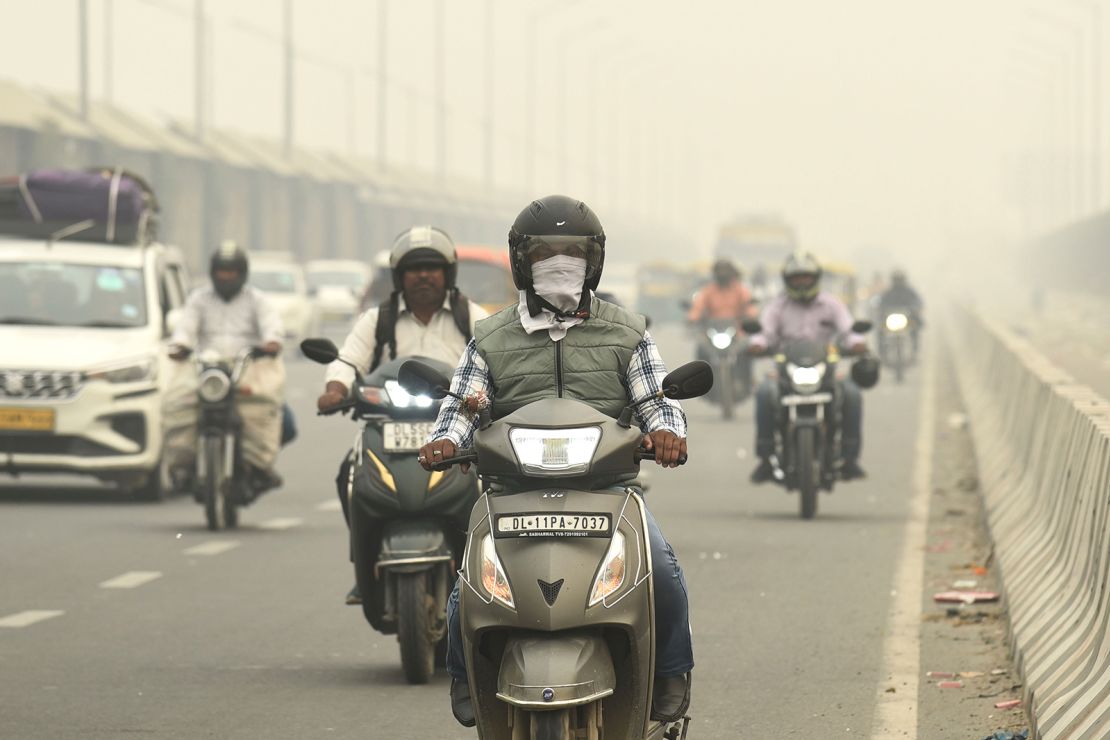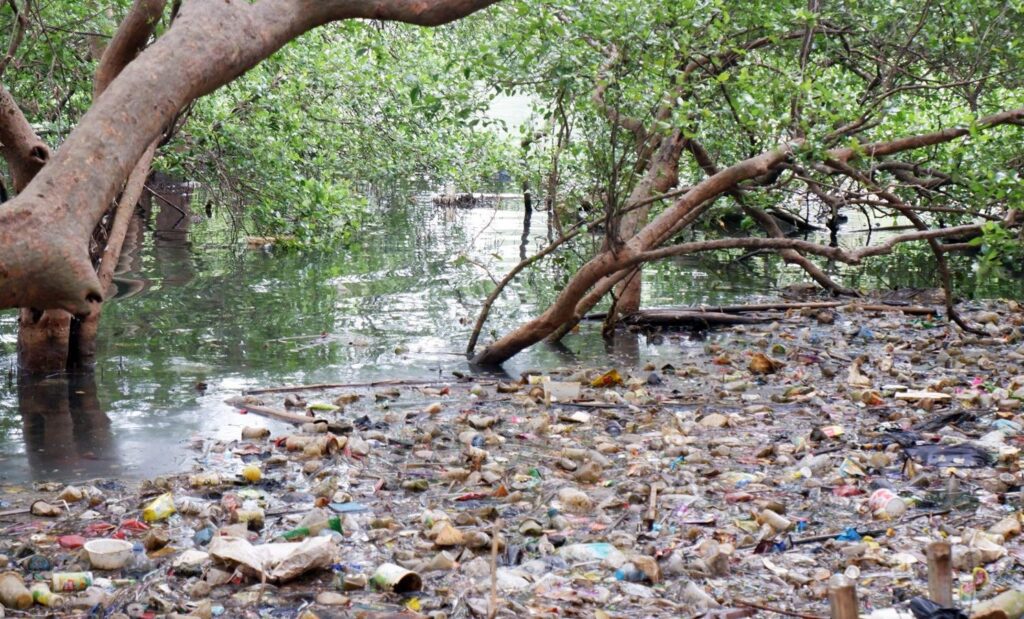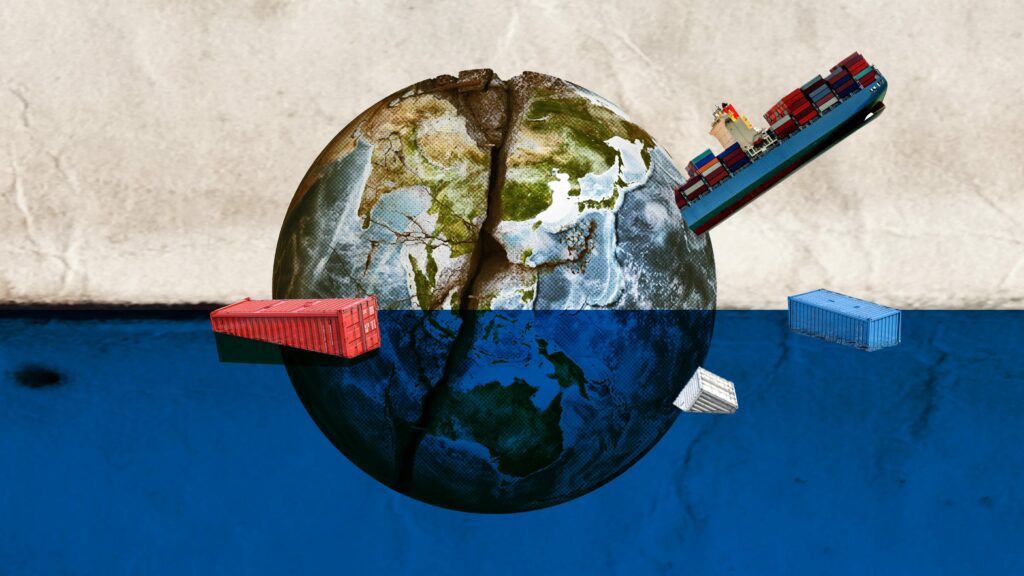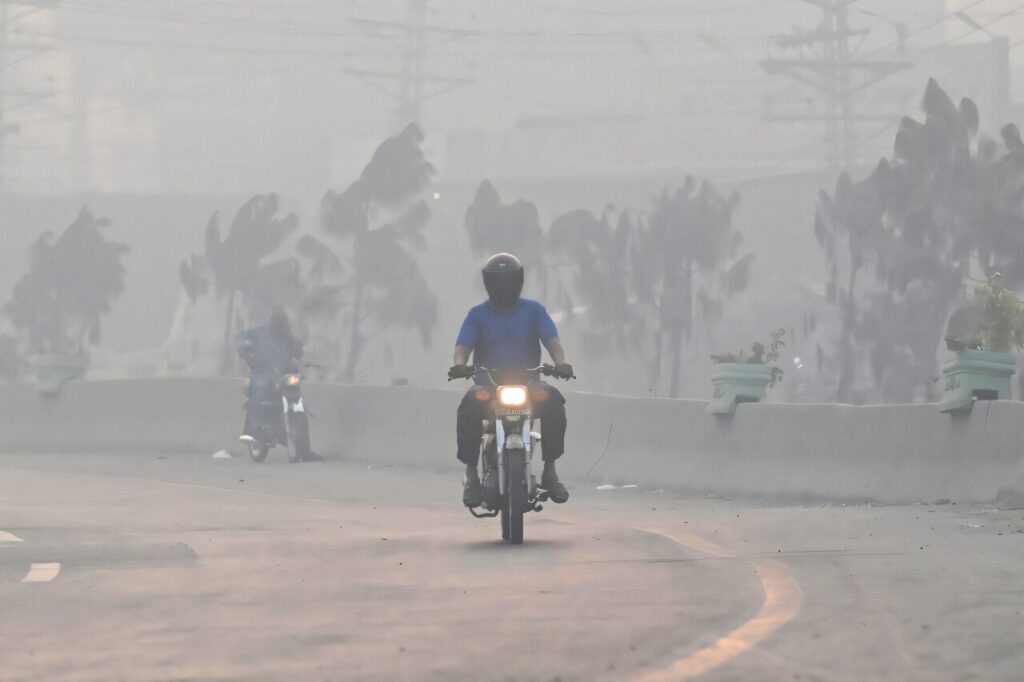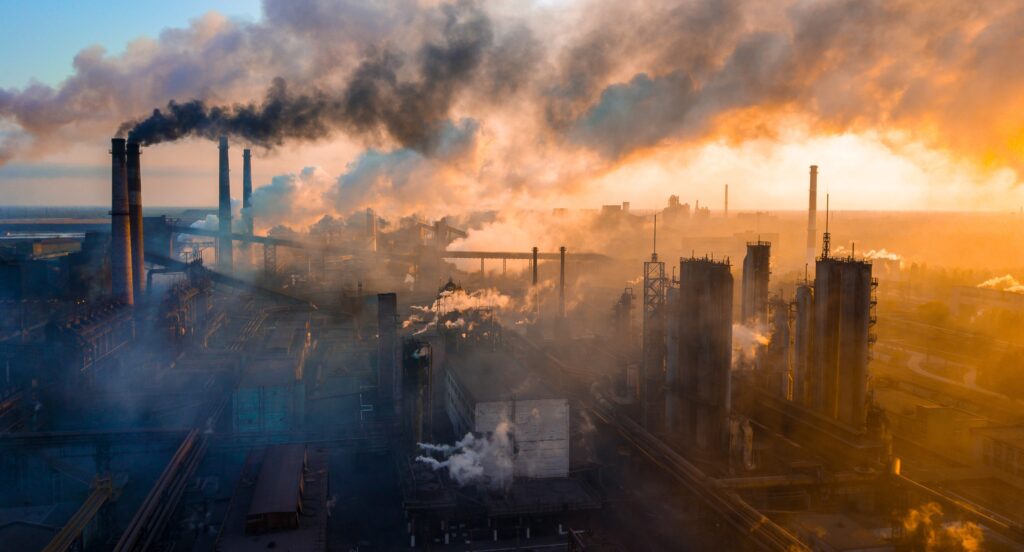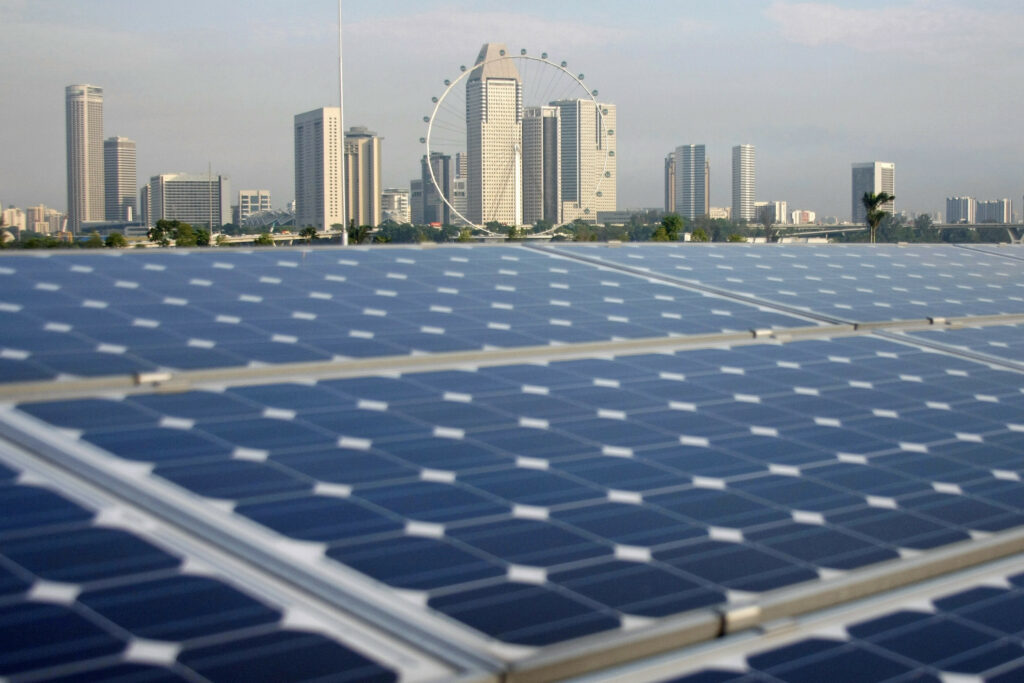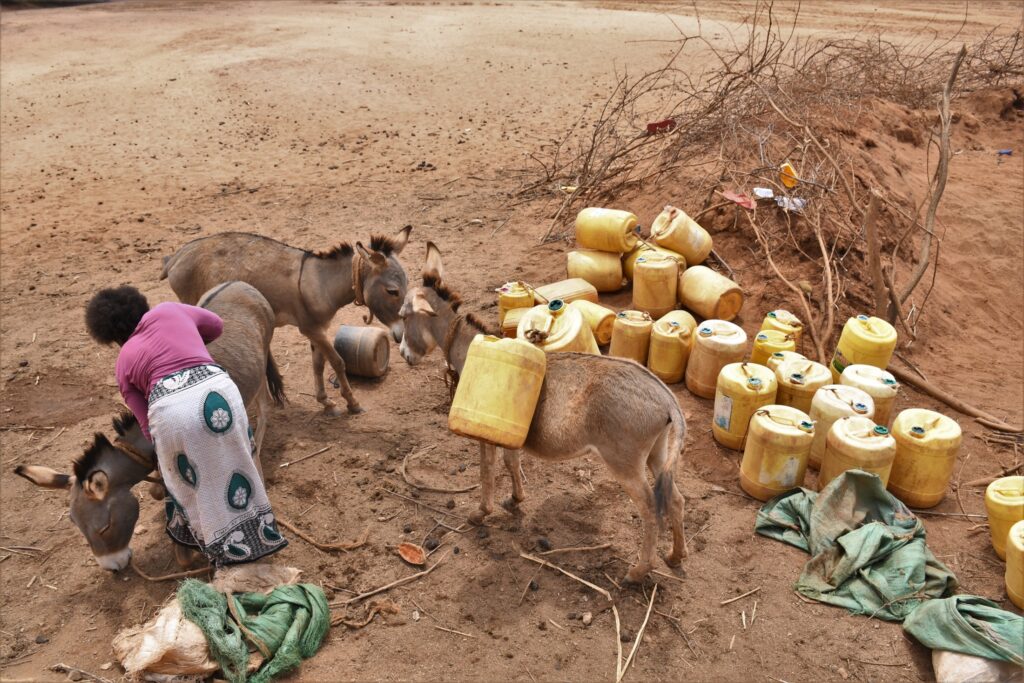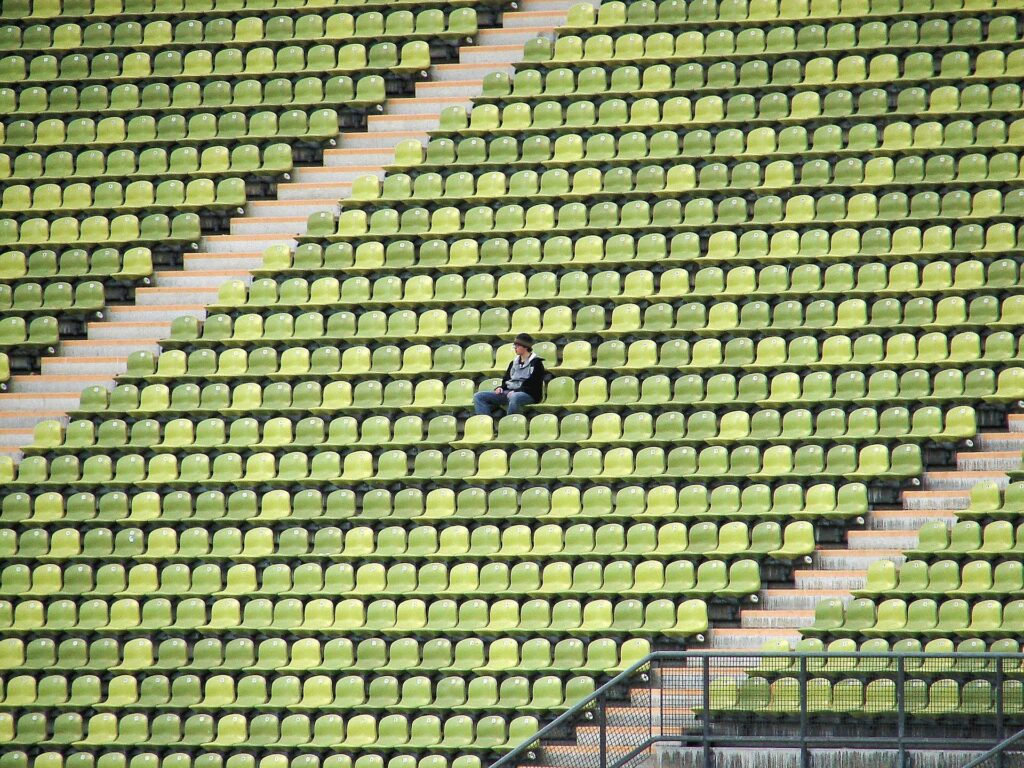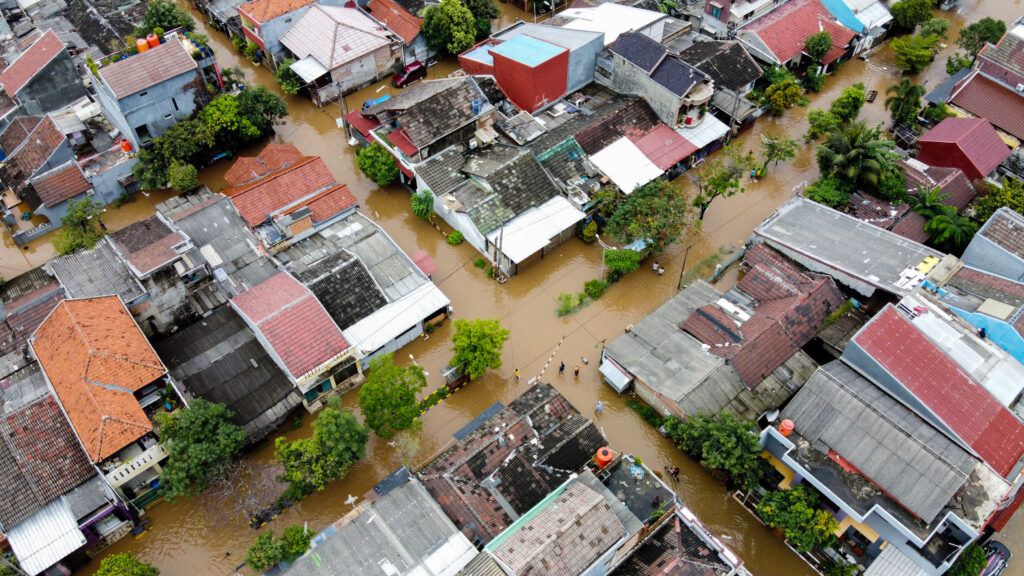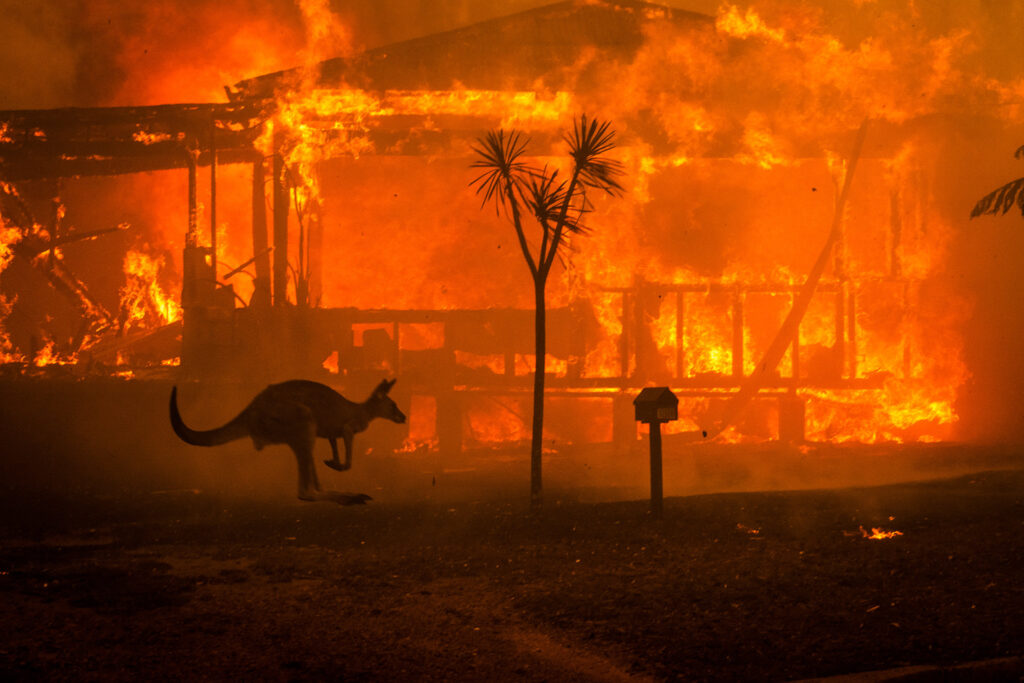Delhi’s smog isn’t just a seasonal inconvenience – it’s a public health emergency with deep-rooted causes and widespread impacts. With the national capital of India, New Delhi, consistently ranking among the most polluted cities globally, its air quality has become a topic of national and international concern. Delhi has the worst air quality.
Delhi’s smog problem is no longer isolated but part of a larger air pollution crisis gripping India. According to the 2023 World Air Quality Report, India is the third most polluted country globally, home to 42 of the 50 most polluted cities worldwide.
Delhi Air Pollution and the Delhi Air Quality Index
Air quality is measured using the air quality index (AQI), which gives a snapshot of the concentration of six different air pollutants in the air: particulate matter (PM2.5 and PM10), carbon monoxide, nitrogen dioxide, sulfur dioxide and ground-level ozone. The AQI ranges from 0 to 500, with 0 to 50 considered “good” and an AQI above 300 “hazardous”. When the AQI exceeds 300, it is recommended to avoid outdoor activities, and there is a heightened risk of cardiovascular and respiratory issues.
Delhi regularly exceeds this threshold, especially during winter. In November 2023, Delhi’s AQI exceeded 400 for 17 days. This categorises the air as “severe” and poses significant health problems to residents. Furthermore, during 2023, the city had a daily average AQI of 204, placing the city in the “very unhealthy” category.
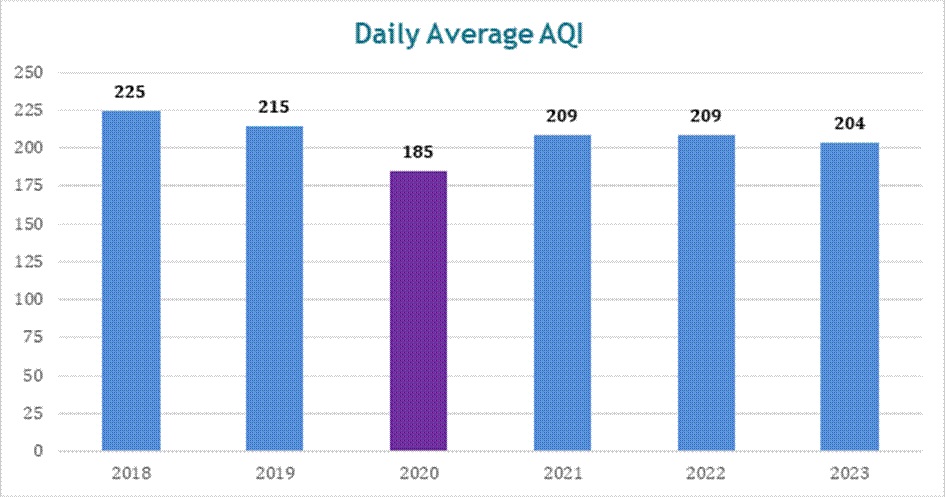
Sources of Smog in Delhi
Delhi’s smog has multiple sources that compound each other’s effects. The largest contributor is vehicular emissions, which account for over 30% of the city’s air pollution. Industrial activities, especially from brick kilns and small manufacturing units, also contribute significantly to pollution.
Crop burning in nearby states, particularly Punjab and Haryana, adds an enormous number of airborne particulates during the winter months. The quantity varies, but projections show it can account for up to 48% of Delhi’s air pollution on a given day.
Lastly, seasonal factors like temperature inversions trap these pollutants closer to the ground, amplifying their harmful effects.
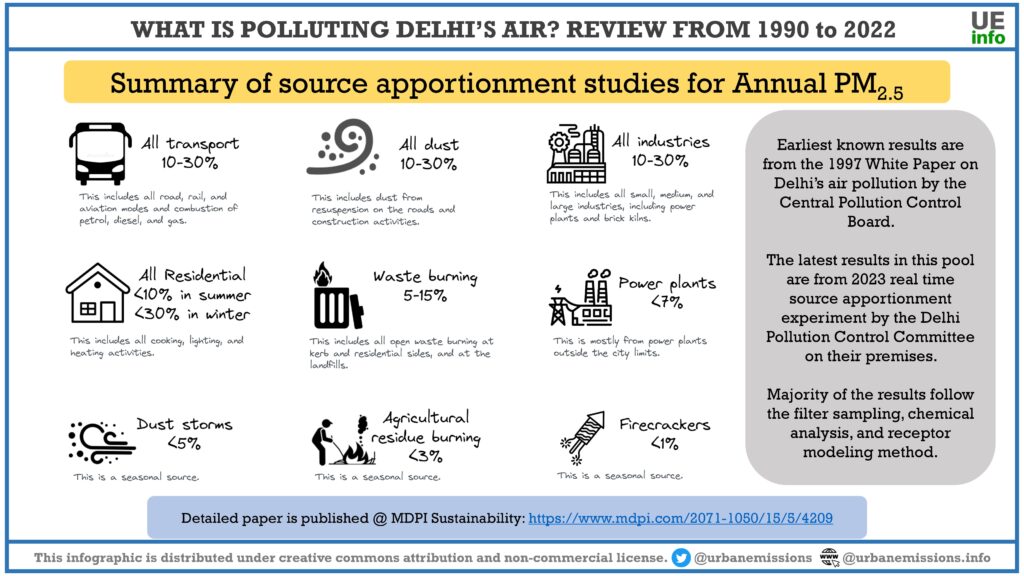
Sri Lankan Cricketers Incident
One of the most high-profile incidents highlighting Delhi’s smog problem occurred in December 2017. Sri Lankan cricketers had to wear face masks during a test match due to the thick smog hanging over the stadium. The game was interrupted multiple times as players and staff experienced breathing difficulties and nausea. Ultimately, the match continued, bringing Delhi’s air pollution crisis into the international spotlight.
Effects of Delhi’s Smog
Health Effects
Delhi’s air pollution has devastating health consequences. Prolonged exposure to smog increases the risk of respiratory diseases, cardiovascular conditions, irreversible lung damage and even premature death. A 2021 study by the University of Chicago estimates that residents of Delhi experience an average reduction in life expectancy of 10 years due to air pollution.
Hospitals report spikes in asthma and chronic obstructive pulmonary disease cases during the smog season, underscoring the direct health impacts on the population. This leads to chronic issues, with around 40% of residents having reduced lung function due to damage from air pollution.
Environmental Impact
Delhi’s smog also has severe environmental repercussions. Pollutants contribute to the acidification of water sources, harm local biodiversity and damage vegetation. The thick layer of smog blocks sunlight, affecting plants’ photosynthesis and stunting crop growth.
Economic Cost
The economic impact of air pollution in Delhi is substantial. According to the World Economic Forum, air pollution costs India USD 95 billion annually – or around 3% of the country’s GDP.
Smog in Delhi leads to reduced productivity, as many people suffer from illnesses, while businesses face disruptions and fewer working hours. Furthermore, healthcare costs in the country increase as people face more common and severe health issues. Lastly, the tourism sector also takes a hit, as potential visitors are deterred by the city’s reputation for poor air quality.
How To Control Delhi’s Smog: Policy Measures
Short-term Policy Measures
The Delhi government has deployed short-term interventions to address the immediate pollution crisis. These include odd-even vehicle rationing schemes to reduce traffic emissions and water-sprinkling on roads to minimise dust. Industrial and construction activities are often restricted and under strict oversight during severe pollution episodes. While effective in reducing peak pollution levels, such measures do not address the underlying issues of Delhi’s smog.
Long-term Policy Measures
Sustainable Transport and Infrastructure
Long-term solutions for Delhi’s pollution involve creating a sustainable transportation system and effective air quality management. Expanding public transport options, incentivising electric vehicle adoption and investing in infrastructure for cycling and pedestrian pathways are critical. India’s recently passed USD 1.3 billion incentive scheme for EV adoption is a great example of the necessary policy changes.
Renewable Energy Adoption
Transitioning from coal and other fossil fuel energy sources to renewable options is crucial for industries and households alike. Not only do fossil fuels release significant quantities of fine particulate matter and other air pollutants, but they are the leading source of greenhouse gas emissions. India has a goal of reaching net-zero emissions by 2070, so renewable energy adoption is critical in both cases. The government needs to improve incentives for renewables and reduce existing fossil fuel subsidies.
Agricultural Reforms
Addressing crop burning requires cooperation from neighbouring states and major policy reforms. Alternatives, such as offering subsidies for eco-friendly practices like using bio-decomposers and machinery to clear fields are both viable. Additionally, educating farmers about the negative impact of burning can go a long way. Encouraging farmers to adopt these alternative solutions could significantly reduce smog-inducing particulate matter during the winter.
The Path to a Healthier, Smog-free Delhi
Delhi’s smog problem is complex, with multiple sources and impacts. While short-term policy measures provide temporary relief, sustainable, long-term strategies are essential for meaningful change.
Addressing Delhi’s air pollution crisis requires collective action from government authorities, private sector stakeholders and citizens. For decision-makers, acting on air pollution is not only crucial for Delhi’s well-being but is a step towards India’s future and continued growth.
Eric Koons
Writer, United States
Eric is a passionate environmental advocate that believes renewable energy is a key piece in meeting the world’s growing energy demands. He received an environmental science degree from the University of California and has worked to promote environmentally and socially sustainable practices since. Eric has worked with leading environmental organisations, such as World Resources Institute and Hitachi ABB Power Grids.
Eric is a passionate environmental advocate that believes renewable energy is a key piece in meeting the world’s growing energy demands. He received an environmental science degree from the University of California and has worked to promote environmentally and socially sustainable practices since. Eric has worked with leading environmental organisations, such as World Resources Institute and Hitachi ABB Power Grids.

